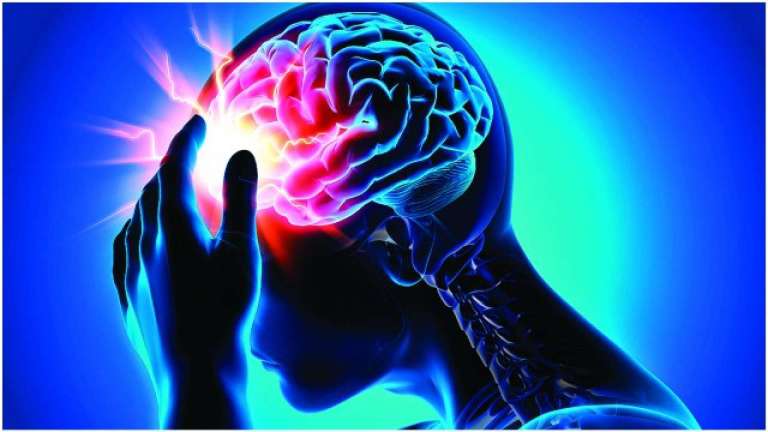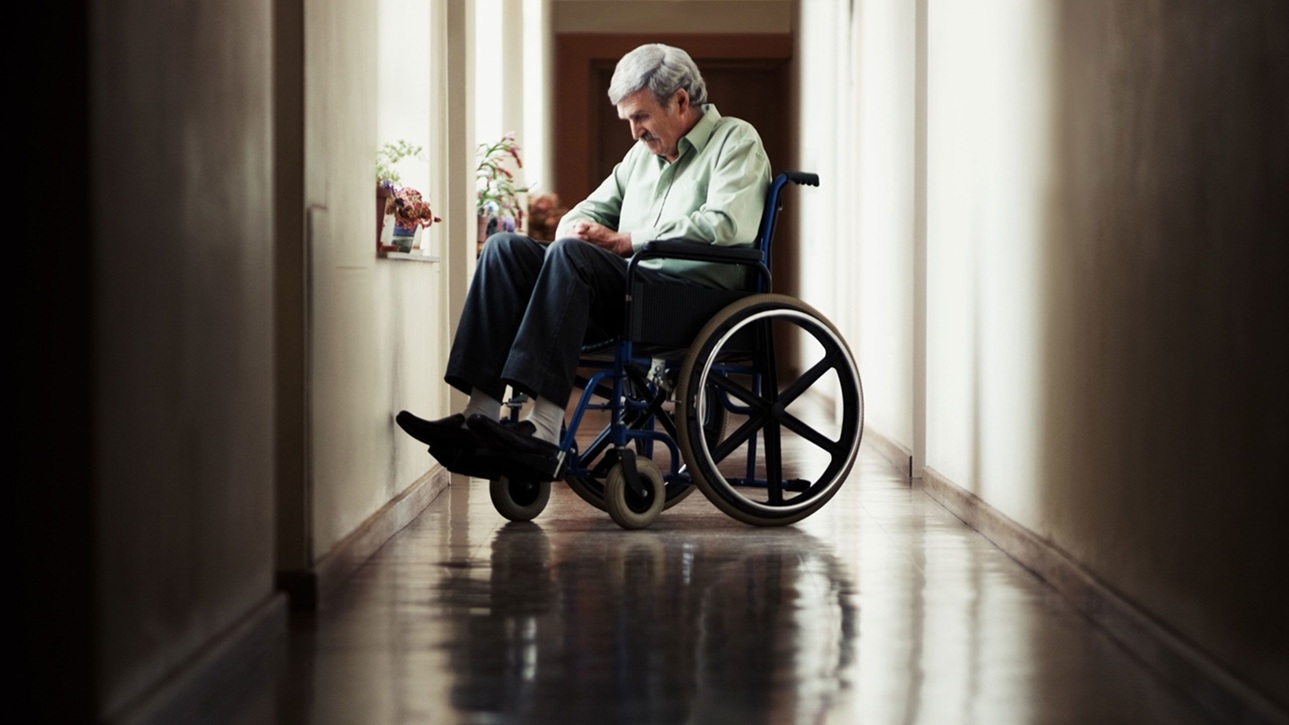A brain stroke, Brain attack or simply called Stroke, strikes around 4000 Indians every day. 60% of the Stroke cases worldwide occur in India. Around 150 per lakh Indians, every year are likely to get a Stroke. The sad part is that hardly 2% to 3% reach a specialised Stroke centre for treatment at the right time for treatment. It is for this reason, that this blog needs to be read by as many non-medical people as possible.
A video circulated on social media and covered in newspaper articles showed a famous singer of yesteryear singing a song for the lyricist who had written the song. Apparently, in their seventies, the singer appeared quite agile while the renowned lyricist sat helplessly on a wheelchair, unable to speak coherently. A classic victim of Stroke.
What is a stroke?
A Stroke is an event or a condition when a part of the brain is deprived of blood and oxygen resulting in their loss of function. The deprivation may be due to a blockage of a blood vessel (artery) supplying blood. Or, it may be due to the rupture of a blood vessel that leaks, floods, and presses a part of the brain, causing deprivation and compression.
Accordingly, the Stroke may be called Ischaemic (blocked artery) or Haemorrhagic (flooding of blood). Untreated, it results in a permanent disability or death. A third variety, called Transient Ischaemic Attack (TIA), as the name suggests, is a mild form of the Stroke and occurs for a few moments. If necessary preventive action is not taken, it may lead to an Ischaemic Stroke.
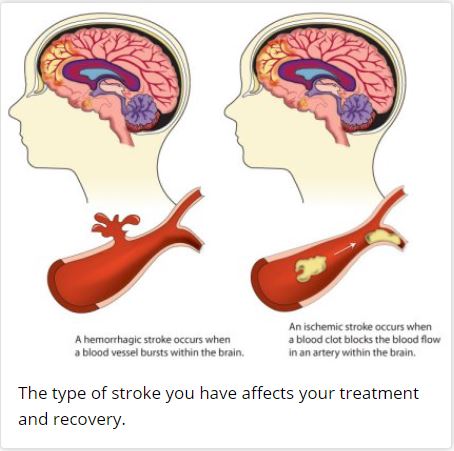
Ischaemic Strokes cause more than 80% of all Strokes. In the immediate period, it may cause vision problems, fits, loss or slurred speech, mental confusion, memory loss, or paralysis. In severe cases, death can also occur.
What Happens after a stroke?
A stroke occurs suddenly. SUDDEN is the keyword-
* Sudden numbness/ weakness of the face, arm, and/ or leg, especially on one side.
* Sudden confusion, trouble speaking or understanding speech.
* Sudden trouble in seeing with one or both eyes.
* Sudden trouble in walking, dizziness, loss of balance or falling down.
* Sudden, severe headache with no known cause.
What Causes Strokes?
As written above, most Strokes are due to a blockage, usually by a clot. Such clots are fatty in nature and are a result of atherosclerosis. Rupture of an artery is usually due to the sudden rise in blood pressure. Hence, the major risk factors contributing to Stroke are:-
- Hypertension. This itself is due to many causes but remains high because of a high fat and/ or high salt diet.
- High cholesterol in blood. This due to high fat diet, usually trans-fats, less exercise and inactivity.
- Obesity or overweight.
- Tobacco abuse including second hand smoke.
- Excess alcohol consumption or single bout of binge drinking.
- Diabetes Mellitus.
- Air pollution.
- Other medical conditions like Atrial fibrillation and Sickle cell disease may also cause a Stroke. Transient Ischaemic Attack or TIA has already been described above as an event which may herald a full-fledged Stroke.
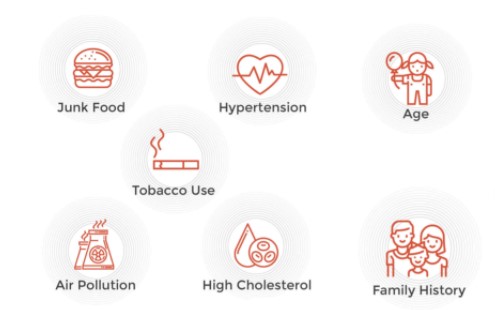
Stroke normally hits people above the age of 45. In the last few decades, about 15% of cases have been reported in the 30-45 age groups as well.
How to Confirm a Stroke?
As the person getting a Stroke is helpless, it is important for the person close to him/ her (home or workplace) to recognise the same. Every MINUTE matters for preventing a permanent disability or death. Detect FAST:
- F – Face.Ask person to smile, one side of mouth may droop.
- A – Arms. Ask person to raise both arms, one arm may fall down.
- S – Speech. Ask person to repeat a short sentence/ phrase. It maybe slurred as of an alcoholic.
- T – Time to call/ go to a Stroke Centre, fast.
Do not stay at home. FIND THE NEAREST STROKE CENTRE, BEFORE STROKE STRIKES.
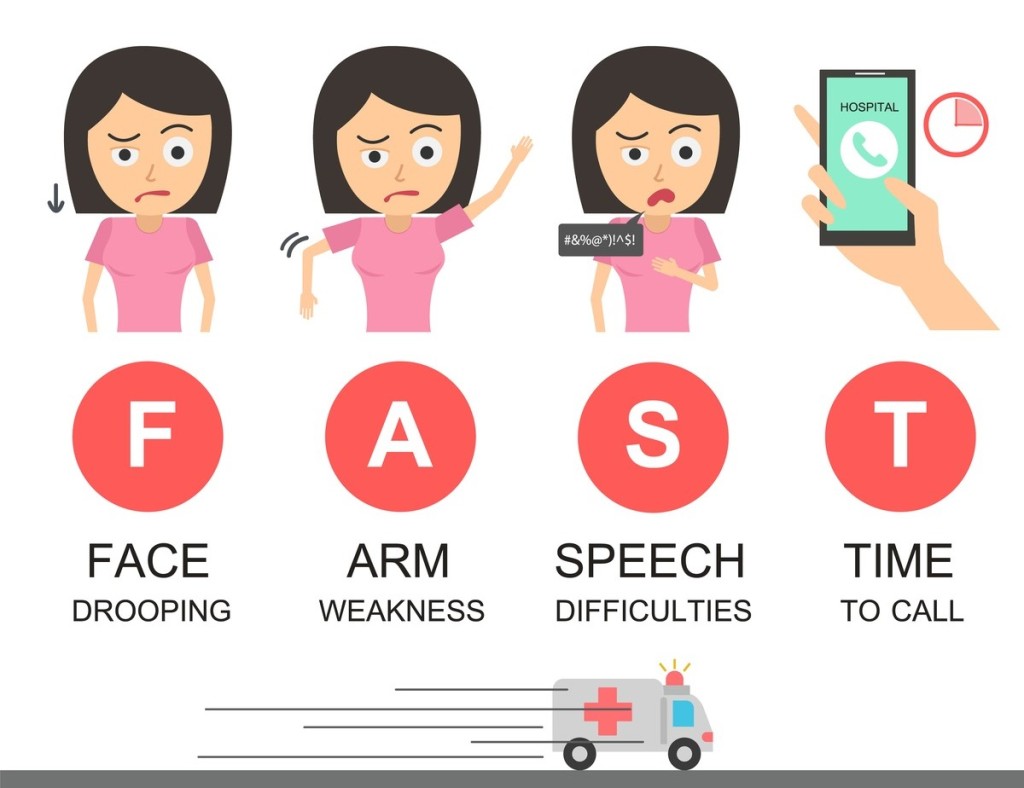
Management of Brain Stroke
It is important to know that from the first symptom of Stroke to a specific treatment (clot-busting drugs in over 85% of cases) there is a window of just FOUR AND A HALF HOURS. Otherwise, the chances of remaining disabled for life or death are quite high. So, one has to consider the time taken in the house, travel time to the hospital and investigation in the hospital.
Secondly, NOT ALL HOSPITALS have a Stroke centre where such treatment is carried out. Going to the wrong hospital means more wastage of precious time. Most large towns have at least one Stroke Centre, metros have many. Medical Colleges and large government hospitals also have such centres.
Well-organized Stroke Centres have a Helpline Number which should be saved by anyone who is at high risk. Ideally, it should also readily be available with the kin of such high-risk persons. God forbid, if a disability occurs, the kin may have to spend a considerable amount of their time, physical, mental, and financial efforts to look after the disabled person. Often lifelong.
Prevention of Stroke
General Measures:
Once the person is aware of the risk factors, one can take measures to prevent this catastrophe from happening. However, easier said than done as most of the risk factors demand a change in lifestyle.
It is important for parents to know that certain healthy habits are imbibed from parents when children are young. Children also need careful handling in their teens as most unhealthy habits are picked up from friends and peers. Pampered middle-class children of our middle and upper-class have turned out to be overweight, dependent on fast food, and are people who rarely exercise.
Specific Measures
- Blood Pressure. Periodic checking for Hypertension and a low salt diet be consumed for prevention of Hypertension. Hypertensives must be under medication and monitoring of a physician.
- Blood Cholesterol. Cholesterol and its components, Triglycerides, HDL and LDL, all should be in appropriate levels. As noted in last weeks blog, high cholesterol is a leading cause of Stroke. There are just two ways to keep it in check:
- Healthy balanced diet – Less of saturated and transfats, absence/ less of red meat and just one egg a day keeps the bad component of cholesterol away. Generous helping of fruits and salads and less of the whites – sugar, maida, polished rice is advisable.
- More Physical Activity and low periods of Inactivity – At least 30 minutes of moderate exercise, 5 days a week is considered ideal. Combined with shorter periods of Inactivity (sitting on sofa or working chairs less than 45 minutes at a stretch) is considered essential to maintain cholesterol in normal level. Four earlier blogs, dedicated to Physical Activity are available if scrolled back.
- Maintaining a healthy weight. People who are above 10% of their body weight need to pursue weight loss activities more vigorously.
- Tobacco chewing, smoking or inhaling second hand smoke. These are extremely dangerous habits for developing not only a Stroke but also cancers, respiratory diseases, diabetes and heart diseases.
- Alcohol. Many conflicting advisories are available on the Internet about the benefits of alcohol. However, binge drinking or excessive daily drinking should be avoided.
- Air Pollution. Difficult to avoid in many Indian cities. Covid has shown that we can wear N95 masks for long periods of time. I feel if the Air Quality Index shows very poor or worse, we should wear masks in a car or outdoors. Those who can afford must switch on the air purifier at home/ office, especially if they have other risk factors.
- Diseases. As outlined last week, certain diseases like Diabetes, Atrial Fibrillation and Sickle cell Anaemia must get them treated and monitored by a Physician. Obesity is also considered a disease now, which may lead to a Stroke. Those who have had an episode of TIA (Trans Ischaemic Attack) should be cared by their Physician as well as care givers.
Rehabilitation
In the unfortunate situation of a stroke causing a disability, it is very important to seek rehabilitation as early as the treating Physician, Neurologist of the Stroke patient allows. It is multidisciplinary involving a physiotherapist, psychologist, dietician, speech therapist if required, social worker cum coordinator besides the Neurologist.
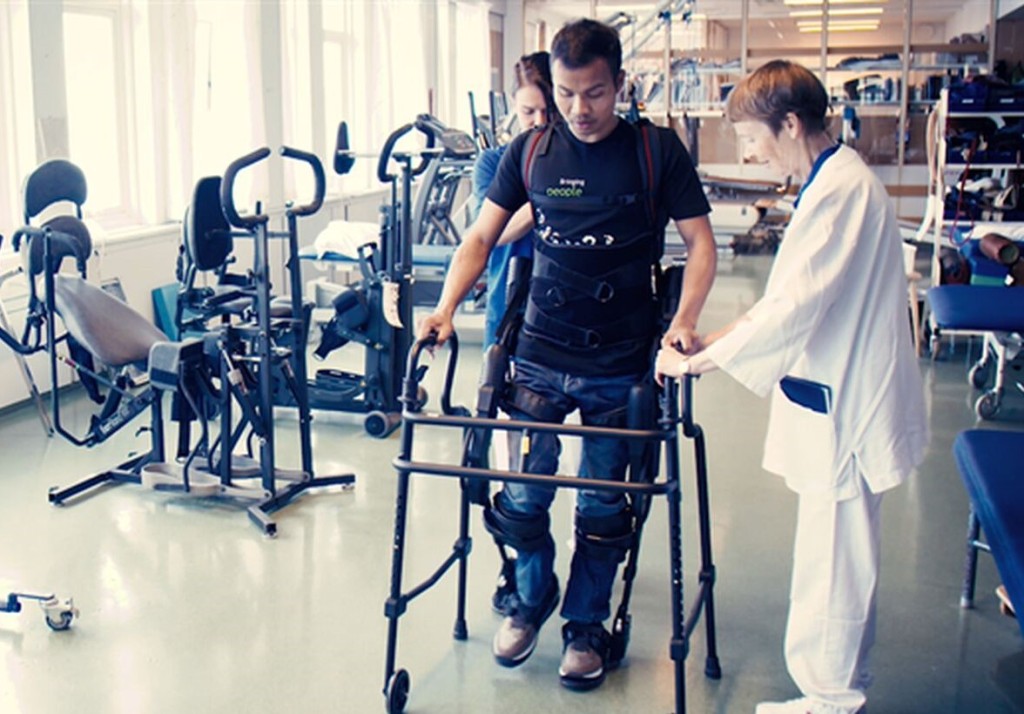
A support group of close friends relatives and a pet may go a long way. Religious beliefs also help. Modern rehabilitation methods can restore speech as well as muscle movements that were not envisaged earlier. Rehabilitation by itself is a vast subject and has only been summarised here.
Role of Government
The Government of India launched a program for the prevention and control of Cancer, Diabetes, Cardiovascular Diseases, and Stroke. As all these diseases are ‘Non-Communicable Diseases’ (NCD) and have similar risk factors, these are clubbed together for prevention and treatment. NCD clinics are being provided in special clinics at District hospitals and Community Health Centres in phases. Cardiac care units have also been established in such hospitals/centres. However, it may take a few more years for 100% of the districts to be covered.
Role of NGOs
Indian Stroke Association and Stroke Foundation of Bengal, Kolkata is the leading NGOs that educate the citizens as well as assist Stroke patients and their kin by various means.
What can we do?
- Lead a healthy lifestyle.
- Inculcate healthy habits in children so that they are not exposed to any of the risk factors when they become adults.
- Closely observe our kin who have one or more risk factors. In case there is a deterioration of the person having risk factors, medical advice should be taken.
- Find out the nearest Stroke Centre and its Helpline telephone number. Whether it has a dedicated 24×7 ambulance or not. If not, how and with whom to take a semi-conscious person to the Stroke Centre should be well thought of.
Stroke is not a death sentence and if a person is well prepared, there should be no cause for panic. Most preventive measures of Stroke are similar to those of Diabetes, Cancers, Hypertension, and other Cardiovascular diseases. Changes in lifestyle should be started as soon as possible in life. Parents cannot shun their responsibilities nor can teachers.
‘Catch Them Young’
According to Global Tobacco Survey Report submitted recently, only 1% of the children aged 13 – 15 years in Himachal Pradesh were smoking as compared to 58% in other comparable hill states like Mizoram and Arunachal Pradesh. This was due to a state government-sponsored, targeted program called, ‘Catch them Young’. Small children, their school teachers, and parents were the focus. Heavy fines were levied on the cigarette selling shops found selling tobacco products to children. The results of this campaign were spectacular. However, such issues require sustained efforts and cannot be a one-time campaign. Such dedicated measures are required for all high-risk activities we undertake.
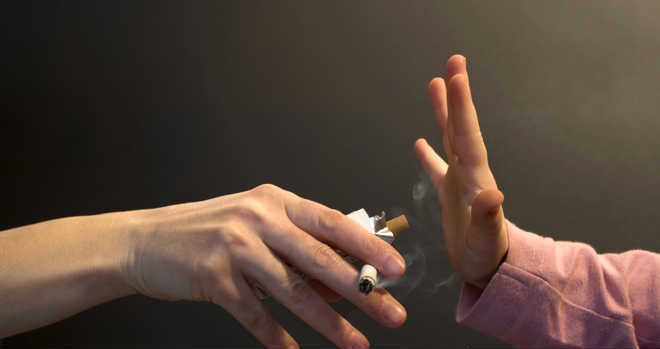
Conclusion
We may not be able to change our genes but a healthy lifestyle and positive outlook go a long way in preventing Non-Communicable Diseases as well as Stroke.
Disclaimer: The views and opinions expressed by the author do not necessarily reflect the views of the Government of India and Defence Research and Studies.
Article courtesy:https://genkris.wordpress.com/2022/01/09/brain-stroke-the-what-and-the-why/https://genkris.wordpress.com/

